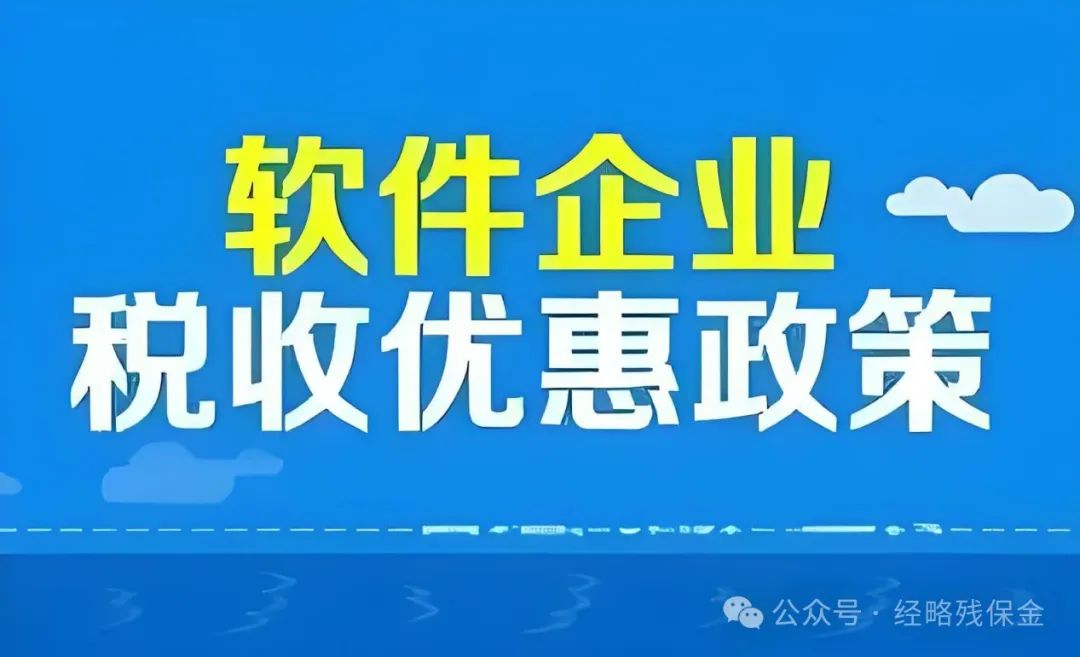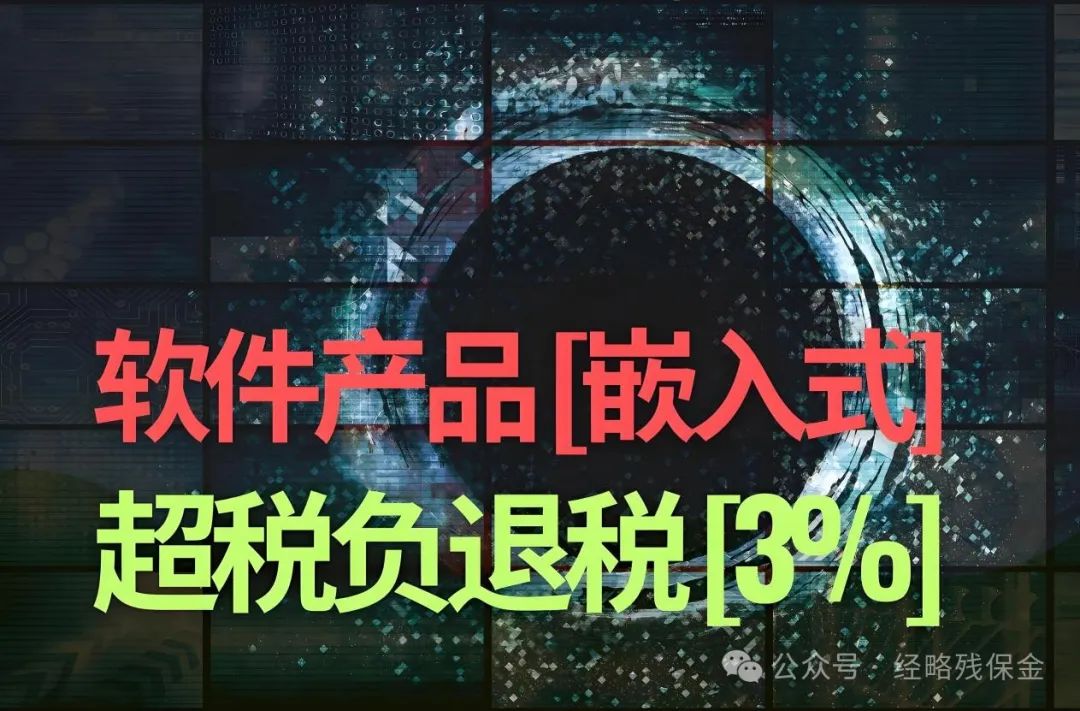In the field of embedded software, the VAT preferential policy and the tax refund policy provide strong support for enterprise development. However, there are differences between the two in several aspects, and enterprises need to grasp them accurately to fully benefit.
1. VAT Preferential Conditions for Embedded Software
(1) Product Qualification
The embedded software products of the enterprise must obtain the testing certification issued by the software testing agency recognized by the provincial software industry authorities. At the same time, it must also obtain the “Software Product Registration Certificate” issued by the software industry authorities or the “Computer Software Copyright Registration Certificate” issued by the copyright administration department.
(2) Enterprise Qualification
The enterprise must be a general VAT taxpayer, which allows it to follow the VAT policy for general taxpayers and standardize the accounting of input tax, output tax, etc., ensuring the accuracy and compliance of tax calculations. In addition, the enterprise must have independent legal person status and independently bear civil liability.
(3) Accounting Requirements
The enterprise needs to accurately account for the costs of embedded software products and the respective costs of computer hardware and machinery equipment, as well as clearly distinguish sales, input tax, and output tax. For example, in a smart car control system software enterprise, it is necessary to clearly separate the costs and sales data of software and hardware (such as chips, sensors, etc.) to avoid confusion.
(4) Tax Records
The enterprise must not have serious tax violations. The tax authorities will comprehensively determine whether the enterprise meets the preferential conditions based on its past tax payment history.

2. Tax Refund Conditions for Embedded Software
(1) Tax Burden Calculation Conditions
The key to the tax refund is accurately calculating the actual tax burden rate of the embedded software products, which is the taxable amount of the software products divided by the sales amount of the software products. When the actual tax burden rate exceeds 3%, the enterprise is qualified to apply for immediate tax refund. This requires the enterprise to accurately calculate the taxable amount and sales amount of software products in its daily operations to ensure the accuracy of tax burden data.
(2) Sales Amount Calculation Requirements
Sales amount of embedded software products = total sales amount of embedded software products and computer hardware and machinery equipment – (cost of computer hardware and machinery equipment × (1 + 10%)). The enterprise must accurately calculate the total sales amount of software and hardware as well as the cost of hardware, strictly following this formula to determine the sales amount of software products. For example, in a medical equipment sales enterprise, it is necessary to clarify the total sales amount of the equipment and the cost of the hardware part, and accurately calculate the sales amount of the software part using the formula.
(3) Input Tax Allocation Requirements
For input tax that cannot be allocated, the enterprise must allocate it according to the prescribed formula: input tax to be allocated for embedded software products = total unallocated input tax for the current period × sales amount of embedded software products in the current period ÷ total sales amount in the current period.

3. Summary of Differences
(1) Different Focus
The VAT preferential conditions focus more on the basic qualifications of enterprises and software products, including software product testing certification, taxpayer qualifications of enterprises, and accounting capabilities, which are prerequisites for enterprises to enjoy VAT preferences. The tax refund conditions mainly focus on the calculation of the tax burden rate and the accurate allocation and calculation of related sales and input tax, which is a further judgment of whether the enterprise can enjoy the tax refund based on the fulfillment of VAT preferential conditions.
(2) Differences in Sequence
The enterprise must first meet the VAT preferential conditions for embedded software before it can determine its eligibility for tax refund based on the tax refund conditions during the sales and tax calculation process. In other words, VAT preferential conditions are prerequisite, while tax refund conditions are subsequent and based on actual tax payment situations.
(3) Differences in Accounting Focus
The VAT preferential conditions emphasize the enterprise’s overall accounting capabilities for software and hardware products, including the distinction of costs, sales, etc. The tax refund conditions focus more on the precise accounting of sales and input tax related to the tax burden calculation of software products, which is a detailed accounting requirement for the tax situation of software products.
In summary, embedded software enterprises should deeply understand the differences between VAT preferential policies and tax refund policies, optimizing and improving from multiple dimensions such as product development, enterprise management, and financial accounting, to ensure that they fully enjoy policy preferences under legal compliance, enhance enterprise competitiveness and economic benefits, and steadily move forward in the rapidly developing embedded software market.
Manager Chen 18995512515 or scan for consultation
